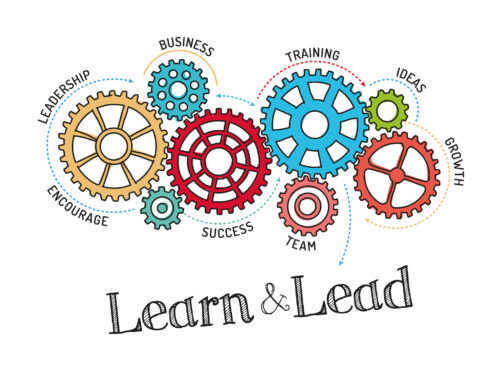HiPo Sightings
Shawnee Love •
November 17, 2011
There is something about the acronym HiPo that drives me crazy. Yet, increasingly HR types are calling their HIgh POtential people “HIPO’s” which comes out sounding a lot like those deceivingly docile looking creatures who wade in rivers in Africa and kill shocking numbers of tourists and locals each year (if you don’t believe me, look it up).
Putting my dislike of that acronym aside, taking the time to identify people with potential and work with them to reach their potential is good business.
Learning and development opportunities and challenging work are extremely attractive to employees. Employers who make those core to their workplace are going to find and keep good people today and in the future.
Due to demographics, we are careening towards a serious skills shortage, and organizations that want to be around in 10 and 20 years need to be building and implementing plans now to ensure they have the talent they need for the future.
Serious talent wants to work with other seriously talented people.
Those 3 conditions make identifying and grooming high potential people an important people strategy for organizations that want to be in control of their own destiny.
Identifying employees with high potential is perhaps the easiest part, because even if you don’t have metrics or methods of assessing and comparing people, just like cream, high potential people rise to the top and are noticed by colleagues and leaders. They are the ones front line staff go to for questions or assistance. They come up with ideas for improvement. You might see them doing extra reading, attending industry events, and joining committees, roundtables, etc. to improve their knowledge and connections as well.
If you have high potential people, you know it. The challenge is figuring out what to do with them so they don’t leave, because without a great reason to stay, chances are those high potentials will not be around when you need them most.
Short of developing a learning program and succession plan (which we can help with if you are willing to invest the time and effort), a good initiative to engage and develop your high potentials for your company’s future needs is to put them on a task force or cross-functional team. High potential employees need to learn from other talented people about other areas in the company. By working together with other great talent who have different backgrounds, your future leaders are also breaking down departmental silos and encouraging understanding and communication.
Participants in cross-functional task forces learn how it feels to walk in another department’s “shoes”. Add an executive to the task force and you give your employees the opportunity to learn and role model their behaviour, attitude and communication from someone at the level they are working towards.
Cross function teams and task forces offer immediate benefits to the organization by solving real business problems and the participants gain knowledge, experience, skills and contacts. As an in-house training and development opportunity, cross functional teams and task forces are second to none. They are also an excellent strategic move if they are part of a bigger plan of grooming high potential people for the future of your company.




